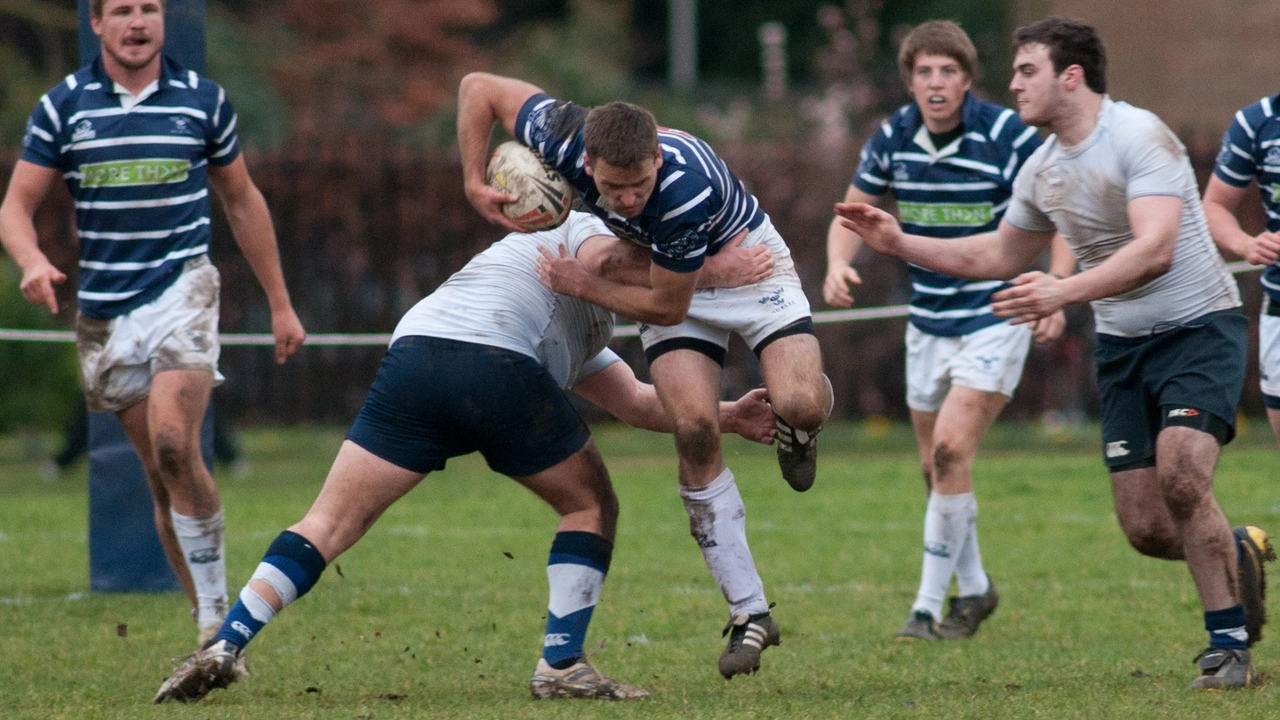Rugby Comparison: How the Game Stacks Up Against Others
If you’ve ever wondered how rugby measures up to football, soccer or the NFL, you’re not alone. Fans and newcomers alike ask the same questions: Are rugby players faster? Does the sport grow as fast as soccer? Which rules feel more intense? Below we break down the biggest comparison points, using real examples from the posts on our site.
Speed and Fitness: NFL vs Rugby
When you compare sprint times, NFL players usually win the 40‑yard dash race. Their training focuses on short bursts of maximum speed, which translates into faster sprints on the field. Rugby players, on the other hand, run for 80 minutes without a break. That means they need endurance, stamina and the ability to recover quickly after each tackle. In a head‑to‑head test, the NFL star might beat a rugby player in a 10‑meter sprint, but the rugby player will outlast them in a full‑match scenario.
Popularity and Growth: Rugby Around the World
Rugby isn’t as universal as soccer, but it’s gaining ground fast. In Italy, the sport still trails football, yet the Six Nations exposure has helped more fans tune in. In the US, the conversation often turns to how NFL athletes would cope in a rugby scrum – a sign that interest is rising. Global events like the Rugby World Cup and the upcoming 2026 World Cup qualifiers show that more countries are fielding competitive sides, even if the sport’s popularity still varies by region.
One common question is why rugby isn’t bigger worldwide. The answer isn’t simple. Complex rules can be a barrier for new fans, and media coverage still favors soccer and basketball. However, the sport’s physicality and community feel attract people looking for something different. Clubs are adding social events, women’s teams are expanding, and youth programs are popping up, especially after the success of women’s rugby in the Six Nations.
Another comparison that pops up is the number of players on the field. In rugby union you have 15 players per side – eight forwards, two scrum‑halves and five backs. That structure creates a clear split between power players who drive the ball forward and speed players who finish the attack. Knowing the numbers helps new fans understand why certain positions are so specialized.
People also ask why rugby uses “laws” instead of “rules”. The distinction matters because laws are designed to keep the game safe and fair while allowing flexibility for different levels of play, from children to pros. World Rugby updates these laws regularly, making the sport adaptable and ensuring that coaches can develop tactics within a clear framework.
Finally, let’s touch on the matchup of big tournaments. The classic England vs South Africa World Cup final debate shows how fans love to compare styles – England’s structured play versus South Africa’s powerhouse approach. These rivalries illustrate the strategic depth that sets rugby apart from other codes.
In short, rugby compares favorably on endurance, community spirit, and global growth potential, even if it lags behind the NFL on pure sprint speed. Keep watching the sport’s evolution – the next big comparison could be rugby’s rise to mainstream broadcast slots, and you’ll be ready to spot the differences.

Which has more concussions, rugby league or union?
After delving into the topic, I've found that both rugby league and union have their fair share of concussions. However, research indicates that rugby union might just edge ahead with a slightly higher rate of concussions. The physical nature and tackling style of the game could contribute to this trend. Yet, it's important to note that both sports are working to improve player safety and reduce the risk of head injuries. Concussion awareness and management in both games have also significantly improved over the years.
view more
Is rugby similar to American football?
Rugby and American football are similar in some ways, but they also have distinct differences. Rugby is played on a much larger field, with more players and less equipment. The rules of rugby allow for more physical contact between players than American football, and the ball can be passed in any direction. Unlike American football, rugby does not have downs, and the game is continuous until a player scores or a penalty is called. Rugby also does not have field goals or extra points, and a try is the only way to score points. While similar in some ways, rugby and American football have enough unique characteristics to set them apart.
view more

